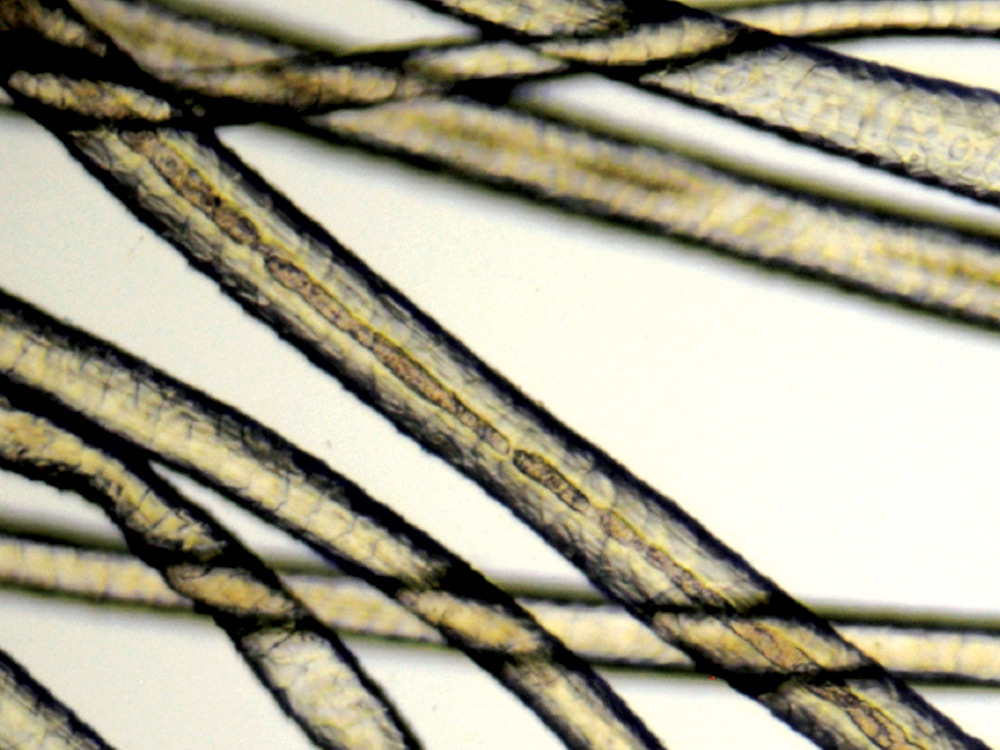Overview
Most of the human genome resides in the cell’s nucleus. However, mitochondrial DNA (mtDNA) exists in structures outside the nucleus, called mitochondria. Unlike nuclear DNA (nucDNA), which inherits half from each parent, mtDNA comes solely from the mother.
mtDNA analysis is vital in forensic cases with limited DNA, old or degraded samples, or distant maternal references for comparison. The analysis focuses on mitochondrial DNA’s hypervariable regions, using BigDye® Terminator Cycle Sequencing to ensure accuracy in these challenging cases.
mtDNA Tests Offered
- Hypervariable Regions I and II: These regions mutate at a high rate, making them useful for distinguishing individuals and tracing maternal lineage.
- Mini Primer Sets: These sets amplify mitochondrial DNA efficiently, even when samples are limited or degraded.
- Variable Regions 1 and 2: These regions aid in forensic and genealogical analysis by offering valuable data for individual identification.
- 12S Species Determination: This test identifies the species origin of biological samples, useful for wildlife forensics and distinguishing animal species.
- mtDNA Analysis of Domestic Dogs (Canine Species): This test analyzes canine samples to provide identification and maternal lineage data.
Importance of mtDNA in Forensic Investigations
Mitochondrial DNA is critical in forensic science, especially when nuclear DNA analysis isn’t feasible. It can help in cases involving skeletal remains, hair shafts without roots, or degraded biological material. It also proves essential when reference samples come from distant maternal relatives, such as in missing persons or cold cases.
Since mtDNA is inherited only from the mother and doesn’t recombine like nuclear DNA, it allows tracing maternal ancestry across generations. For this reason, mtDNA becomes indispensable in historical research, genealogical tracing, and forensic identification from distant maternal lines.
Applications of mtDNA in Forensic Science
mtDNA plays a vital role in various forensic areas, including:
- Human Identification: When nuclear DNA is unavailable, mtDNA can identify individuals based on their maternal lineage.
- Mass Disaster Victim Identification: In disasters, mtDNA is compared with family reference samples to identify victims.
- Wildlife Forensics: mtDNA helps identify species and track illegal wildlife trade, especially for endangered species.
Overall, mtDNA analysis provides a reliable method for identification and comparison in forensic science. Its application in complex cases makes it crucial for accurate and dependable results.



